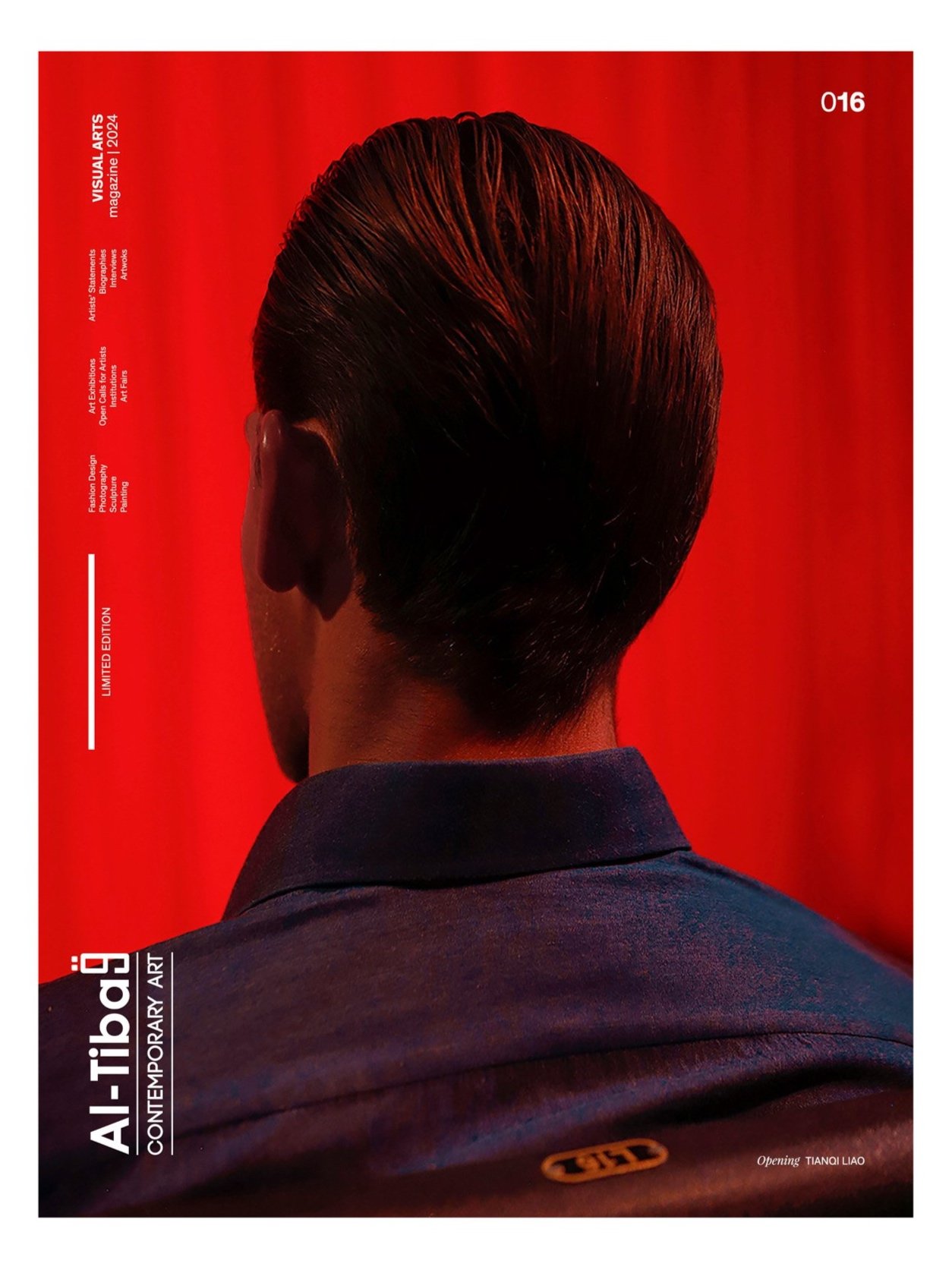“Silêncio II” - publication and excerpt of the interview
Al-Tiba9 Contemporary Art Magazine ISSUE16 | September 2024
More information down below:
All photographs available in the magazine
You describe your work as creating "times, rhythms, and harmonies" from images. Can you explain how you translate musical concepts into visual forms?
Music is not an object or a physical element but exists in the image metaphorically: the image is influenced by a set of factors, musical factors, captured from a set of musical objects. The objects, in this case, the musical sheets and scores, are deprived of their original function and are transposed into another abstract, pictorial, and photographic dimension. The sound lives in the image as an interior place, as a memory. The silence of an image can suggest sound. For example, we can relate the positioning of each sheet of music and the negative space of the image with the distribution of musical notes in a musical sheet based on visual similarities that are possible to detect and observe in the photographic image. Each line, shape, and texture results in a combination of dynamic elements in the image, in which the sound is present in the quality of rhythms, times, and harmonies, of rhythmical language that "invades" the visual reading of the image.
The relation that I create of the image as a visual form not only happens from subjectivity or the abstract reading of objects; it also arises from visual experience. The object reveals and the observer sees and contemplates. The photographic image represents the movement and the different visual sensations. Although the photographic image captures a static moment, what it really shows and ends up transmitting is a metaphor: its movement, cadence, melody, and music.
The image is the expression of sound as space, meaning, the image doesn't, literally, represent a sound but it creates an expression of the space as a sound. The music or glimpses of musical memories are expressed through something that is not, apparently, musical - the photographic image.
Your work, Silêncio II, explores themes of nostalgia and memory through musical scores and body elements. What inspired you to focus on these themes, and how do they relate to your experiences?
In this work, I focused on my own experience with the music, the musical scores and the different body elements of my parents. My own experience through musical scores is very related with memory and nostalgia because I was always surrounded by all things related to music and it always fascinated me.
Memories live in the image, on the one hand, in a way that is always intangible, subjective, and immaterial, as in the musical scores, and on the other hand, in a clearly visible and objective way based on the photographed objects, as in the body elements. The nostalgia and memory present in the musical scores and body elements are evoked in a different way because what they both represent ends up being different.
Certain aspects of memory are transmitted from the sensations present in the photographic image: that is, a musical idea, a sensation of rhythm or another musical aspect is manifested from the sound memory and from the image itself.
I remember that in my parent's studios, when we lived in Lisboa, there were always a lot of musical scores throughout the space. I always relate the music with the person: that's when the body elements come in - the eyes and the hands are elements that are essential to play any instrument.



